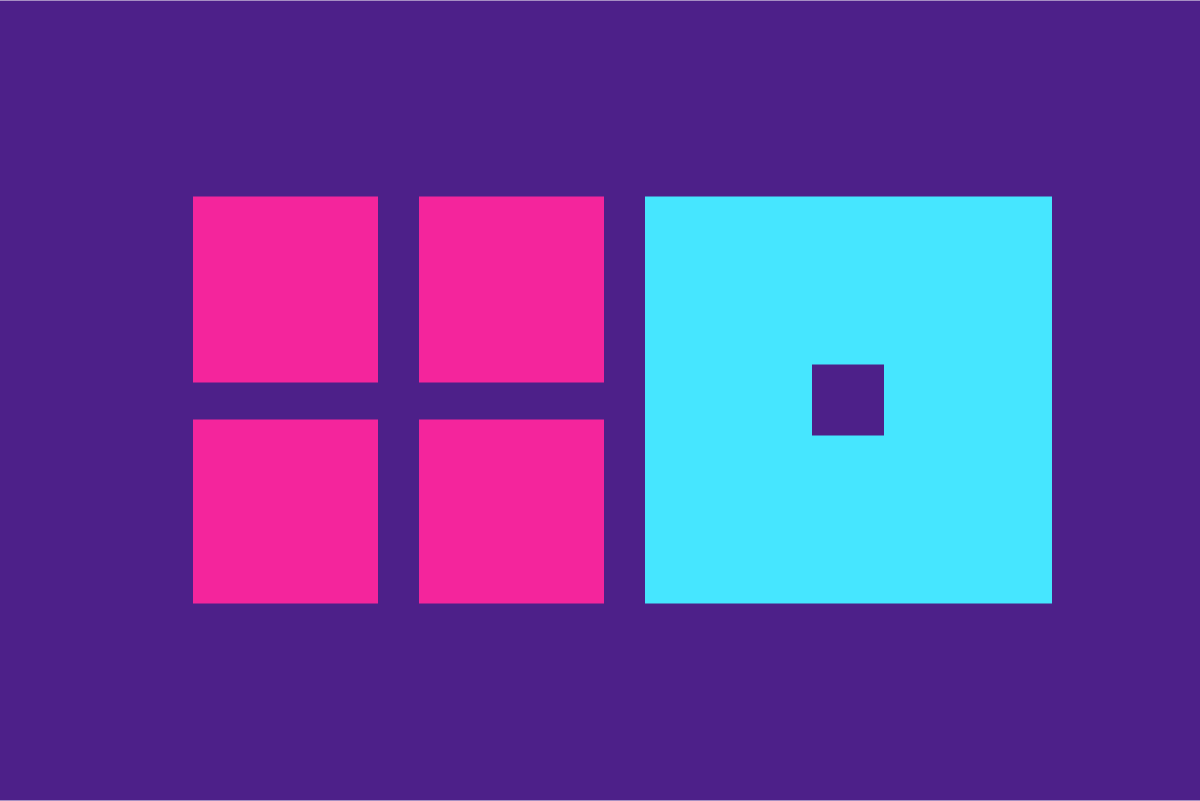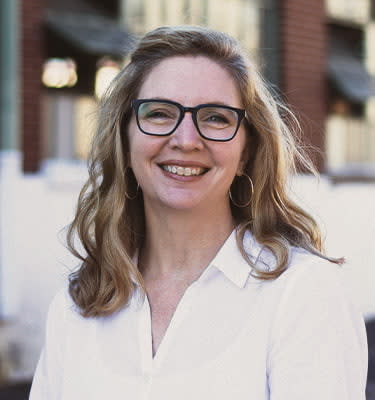Earlier this week, Dan Donald from ZeroHeight and I hosted our very first Design System Triage. I can’t find the words to express how amazed we were at the turnout. We had around 400 people sign up to help each other with their design system challenges.
This whole idea was born out of a few conversations between Dan and I as we’re both very community minded and share a deep appreciation for the way people working on design systems tend to be genuinely collaborative and open. In my own work at Sparkbox, I’ve asked hundreds of complete strangers for a little of their time; just so I could learn how they approach their work. The time those people gave me helped create the Design System Maturity Model and the Anatomy of a Design System. That time has also led me down the path toward a deeper understanding of organizational culture and the impact it has on the way we approach building a systematic design practice.
The Design System Triage was, in part, meant to recognize the generosity shown by the design system community as a whole. We intentionally chose to not over-structure the time we had. Instead, we made a simple FigJam board, opened up Zoom chat, and allowed folks to raise their hands to speak if they felt comfortable. It was a bit messy, but oh, so beautiful. You can read Dan’s takeaways here, but there were two takeaways from this event that stood out to me:
Contribution is a challenge for all of us.
The primary topic, as chosen by the group, was contribution. We covered everything from how to document a contribution model to the idea that we can offer different paths to contribute based on the needs, culture, and experience of our subscribers. We discussed how to expose different parts of an organization to the idea that they can help, how to incentivize contribution, and where a definition of the contribution model(s) should live in the IA of our doc sites. We also discussed the—perhaps unfair—expectations place on subscriber teams to consider multiple component variants in their contributions. The list goes on—it was a great conversation.
If you’re struggling with how to encourage great contribution in your own organization, take a look at our Design System Maturity Model. Contribution is a collaborative process. We’ve found organizations that demonstrate a collaborative approach in the early stages of their system’s maturity have an easier time introducing contribution at the later stages. Contribution is one of the key priorities outlined in the model, and we’ve got some great ideas there about how it can be addressed.
Design systems can be lonely.
One of the goals I have for this event moving forward is that we can have some real, heartfelt conversations about the struggles of this work. The truth is, most of the folks I speak with feel very lonely leading a design system. Sure, there are big teams out there but most people are trying to cultivate massive cultural change with a very small budget and no real support.
The response we received to this first event is a sign that there’s a real need for supportive, constructive conversations. Perhaps Design System Triage can be a reminder that we’re not doing this alone. I think this is summed up in a message I received after the call from a new friend: “Thank you for hosting such a great event. I had no idea there were so many of us out there. I would love to stay connected.”
Whether you attended this week’s event or not, if you’re feeling isolated working on your design system, there are lots of things you can do to help participate more fully in the wider community.
Attend events. Design System Triage was one great example, and we’ll be holding additional Triage sessions in the future. We’ve held multiple UnConference events in the past, and are planning another one later this fall (stay tuned for details). Clarity Conference is coming up next week, and if you can’t make it to New Orleans, you can still participate online—register with the code BEN10 for 10% off.
Participate in research. Sparkbox conducts design system research annually and shares the results globally. The Design Systems Survey is closed for this year, but you can still read up on the results.
Explore additional resources. Sometimes it just helps to know that we’re all in the same boat. Articles and resources relating to design systems might help you to get a sense of where your work falls in line with that of others in the design system world.
More Design System Triage events are being planned! If you’d like to join us in the future, follow @hearsparkbox or @zeroheight for details.

